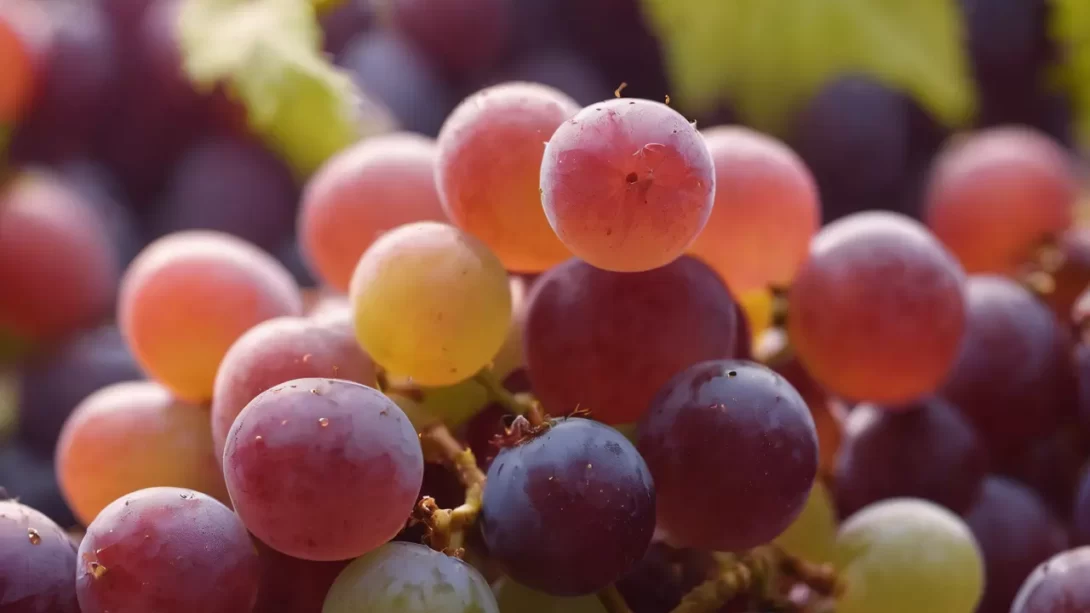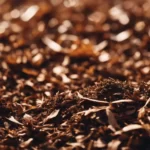Grapes, a popular fruit enjoyed worldwide, come in various forms – seedless and seeded. While seedless grapes are widely consumed, questions often arise about the edibility and effects of consuming grape seeds found in seeded varieties. This article aims to address these questions, offering a detailed look at grape seeds and their role in our diets.
Grape Seeds
Grape seeds are small, hard, and typically found in certain varieties of grapes. They vary in size and texture, often influenced by the grape type. Nutritional analysis reveals that grape seeds are rich in antioxidants, essential fatty acids, vitamins, and minerals. This makes them more than just an incidental part of the fruit – they possess their own nutritional merits.
Different grape varieties, such as Concord, Muscat, and certain types of wine grapes, commonly contain seeds. The presence of seeds can affect the eating experience, both in terms of texture and potential health benefits.
Health Benefits of Grape Seeds
The consumption of grape seeds offers several health advantages:
- Antioxidant Properties: Grape seeds are known for their high levels of antioxidants, including oligomeric proanthocyanidin complexes (OPCs), which are believed to offer numerous health benefits.
- Scientific Research: Studies have explored the potential of grape seed extract in various areas, including cardiovascular health, diabetes management, and anti-inflammatory effects.
- Grape Seed Extract: This extract, derived from grape seeds, is used in supplements and has been studied for its potential in treating various health conditions.
These benefits highlight the nutritional value of grape seeds, suggesting that they can be a healthy addition to the diet.
Culinary Aspects of Grape Seeds
In terms of culinary use, grape seeds have a role to play:
- Grape Seed Oil: Extracted from grape seeds, this oil is used in cooking for its mild flavor and high smoke point. It’s also a popular ingredient in salad dressings and marinades.
- Impact on Flavor and Texture: While grape seeds can be crunchy and slightly bitter, they do not significantly alter the overall flavor profile of the grapes.
- Incorporation in Recipes: Some traditional cuisines and recipes might use whole grapes, seeds included, adding a unique texture to the dish.
Safety and Digestibility of Grape Seeds
The safety and digestibility of grape seeds are important considerations for those looking to include them in their diet:
- Safety: Generally, grape seeds are safe to consume. They are not toxic and do not pose any significant health risks when eaten as part of a normal diet.
- Digestibility: While grape seeds are edible, their hard texture can make them difficult to chew and digest, especially in large quantities. For some individuals, particularly those with sensitive digestive systems, consuming grape seeds may cause discomfort.
- Children and Special Conditions: For young children or individuals with certain health conditions, such as diverticulitis, it’s advisable to avoid grape seeds due to potential choking hazards or digestive issues.
Understanding these safety and digestibility aspects can help you enjoy grape seeds without undue concerns.
Myths and Misconceptions
There are several myths and misconceptions surrounding grape seeds:
- Toxicity: A common misconception is that grape seeds are toxic. This is not true; they are safe for consumption.
- Choking Hazard: While grape seeds can pose a choking risk, especially for children, they are not inherently dangerous if consumed responsibly.
- Health Claims: Some exaggerated health claims about grape seeds and their extracts may not be fully supported by scientific evidence. It’s important to approach such claims with a critical mindset.
Clarifying these myths is essential for understanding the real benefits and risks associated with consuming grape seeds.
How to Consume Grape Seeds
If you choose to eat grape seeds, here are some tips and methods:
- Eating Grapes with Seeds: You can consume the whole grape, seed included, especially if the seeds are small and not too hard.
- Extracting Grape Seeds: For those who prefer not to eat the seeds directly, they can be extracted and used separately. Grape seeds can be dried and ground into a powder for use in smoothies or as a supplement.
- Moderation: If you’re new to eating grape seeds, start with a small amount to see how your body reacts, and then gradually increase the quantity if desired.
Conclusion
In conclusion, grape seeds, often overlooked as a mere byproduct of grape consumption, can be a nutritious addition to your diet. They are safe to eat and offer a range of health benefits, primarily due to their high antioxidant content. However, their hard texture and potential impact on digestibility should be considered, especially for young children or individuals with specific health conditions.
To incorporate grape seeds into your diet:
- Eat them directly with the grapes, if the seeds are small and not overly hard.
- Extract and use them separately as a dietary supplement or in smoothies, if you prefer not to eat them whole.
- Start with small amounts to assess how your body reacts, especially if you have a sensitive digestive system.
It’s important to approach claims about the miraculous health benefits of grape seeds with caution. While they are indeed nutritious, some claims may be exaggerated and not fully backed by scientific evidence.
Grape seeds, whether consumed directly or in extracted form, can be a valuable part of a balanced diet. As with any food, moderation is key. By understanding their nutritional profile and considering individual dietary needs and preferences, you can enjoy the unique benefits that grape seeds have to offer.
Whether you’re snacking on whole grapes, experimenting with grape seed extract, or exploring their culinary uses, grape seeds provide an opportunity to enhance your nutritional intake in a small but significant way.




